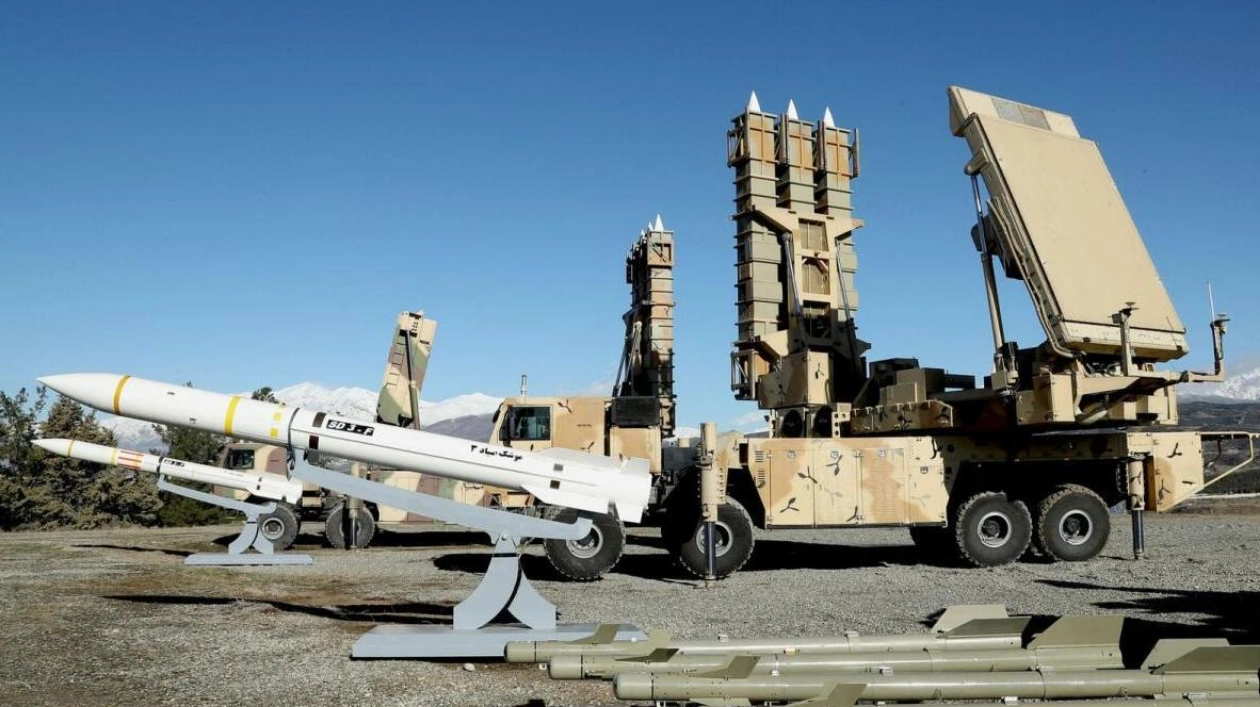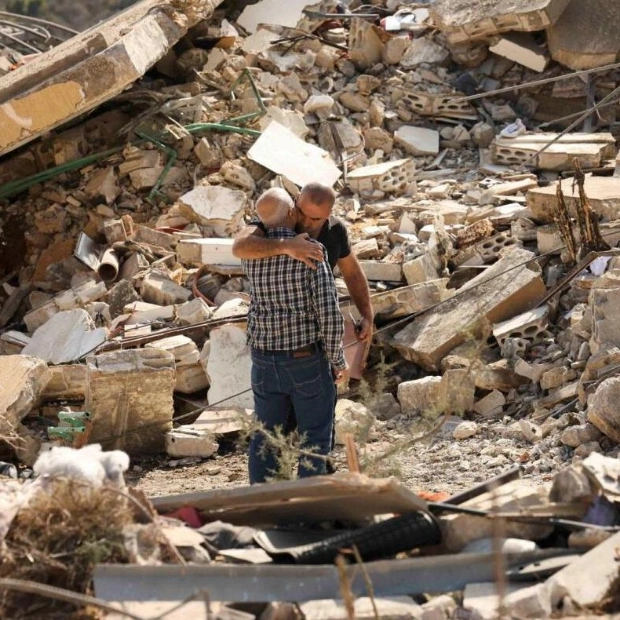Iran launched a series of ballistic missiles targeting Israel on Tuesday, in response to Israel's recent actions against Tehran's allies in Lebanon, particularly Hezbollah. This retaliatory move utilized a diverse array of weapons, a concern that has long been on the radar of Western nations. This missile attack marks the second direct strike from Iran on Israel, the first occurring five months prior in April. Ballistic missiles are a crucial component of Iran's military strategy, with the U.S. Office of the Director of National Intelligence noting that Iran possesses the largest ballistic missile arsenal in the region.
Details of Iran's missile capabilities were highlighted by the semi-official Iranian news outlet Isna, which published a graphic in April showcasing nine missiles that it claimed could reach Israel. These included the Sejil, capable of speeds exceeding 17,000 km/h and a range of 2,500 km; the Kheibar with a range of 2,000 km; and the Haj Qasem, which has a range of 1,400 km, according to Isna. The Arms Control Association, a Washington-based NGO, further details Iran's ballistic missile inventory, including the Shahab-1 with an estimated range of 300 km; the Zolfaghar with 700 km; Shahab-3 with 800-1,000 km; Emad-1, a missile under development with a range up to 2,000 km; and Sejil, also under development, with a range of 1,500-2,500 km.
Fabian Hinz, an expert on Iran's missile arsenal from the International Institute for Strategic Studies, based in Berlin, analyzed the recent missile launches. He concluded that Iran likely fired a mix of solid- and liquid-fuelled missiles, with the former being more advanced and launched from angled mobile launchers, and the latter from vertical launchers. Hinz identified three solid-propellant missiles fired on Tuesday as potentially being the Haj Qasem, Kheibar Shekan, and Fattah 1. Meanwhile, liquid propellant missiles reportedly launched from Isfahan could be the Emad, Badr, and Khorramshahr.
Iran asserts that its ballistic missiles serve as a vital deterrent and retaliatory force against the U.S., Israel, and other potential regional adversaries. Tehran denies pursuing nuclear weapons. A 2023 report by Behnam Ben Taleblu, a Senior Fellow at the Foundation for Defence of Democracies, highlights Iran's ongoing development of underground missile depots equipped with transport and firing systems, as well as subterranean missile production and storage facilities. In June 2020, Iran successfully launched its first ballistic missile from an underground site.
Iran's missile advancements also include the development of hypersonic ballistic missiles, with the country unveiling its first domestically made hypersonic missile in June 2023, as reported by the official Irna news agency. Hypersonic missiles, capable of flying at least five times the speed of sound and on complex trajectories, are notoriously difficult to intercept. The Arms Control Association indicates that Iran's missile program is heavily influenced by North Korean and Russian designs, with additional support from China.
In addition to ballistic missiles, Iran possesses cruise missiles such as the Kh-55, an air-launched nuclear-capable weapon with a range of up to 3,000 km, and the advanced anti-ship missile Khalid Farzh, with a range of approximately 300 km and capable of carrying a 1,000 kg warhead. Iran's Revolutionary Guards have utilized missiles in various regional attacks, including strikes on Israel's spy headquarters in Iraq's Kurdistan region in January 2024, and against Daesh militants in Syria. Tehran has also fired missiles at bases of a Baluchi militant group in neighboring Pakistan.
Saudi Arabia and the U.S. have accused Iran of being behind the 2019 drone and missile attack on Saudi Arabia's oil facilities, a claim Tehran denies. In 2020, Iran retaliated against U.S.-led forces in Iraq, including the Al Asad air base, in response to a U.S. drone strike that killed an Iranian commander. The U.S. also accuses Iran of arming the Houthis in Yemen, who have targeted Red Sea shipping and Israel during the Gaza conflict, in a campaign purportedly aimed at supporting the Palestinians. Tehran denies these allegations.
Iran's support for Hezbollah in Lebanon is also noteworthy, with the group claiming the ability to convert thousands of rockets into precision missiles and produce drones. The late Hezbollah leader Hassan Nasrallah stated last year that the group could transform standard rockets into precision missiles with the help of Iranian experts. Furthermore, Iran has transferred indigenous precision-guided missiles to Syria to support President Bashar Al Assad's fight against rebels, according to Israeli and Western intelligence officials. Iran has also relocated some missile production capacity to underground compounds in Syria, where Assad's forces and other pro-Tehran groups have learned to manufacture their own missiles.






